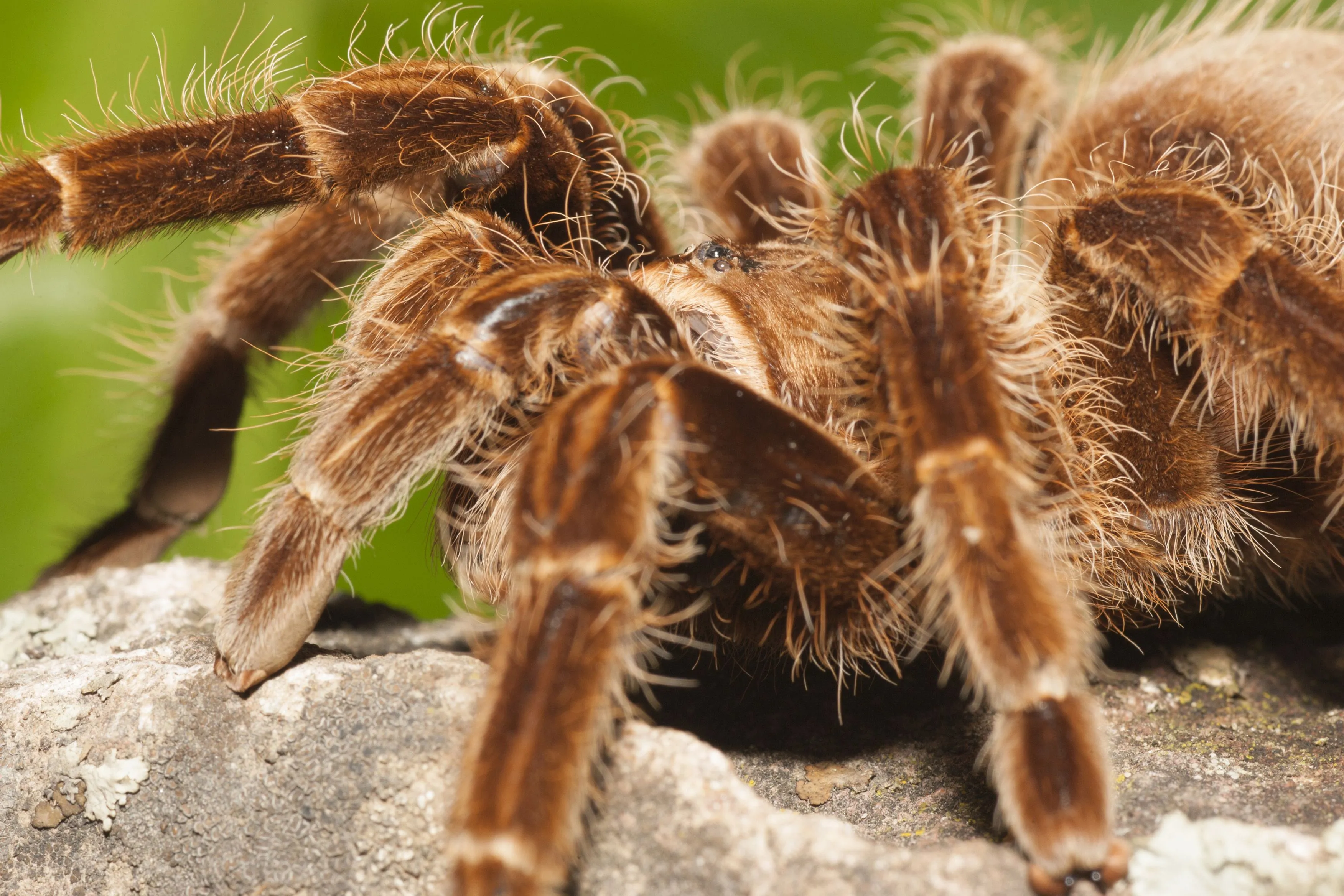What are Tarantula Pet Types?
Tarantulas, captivating arachnids known for their impressive size and diverse appearances, have become increasingly popular pets. With hundreds of species to choose from, understanding the different types of tarantulas is essential for any prospective owner. This guide explores various tarantula pet types, their characteristics, care requirements, and what makes them suitable for different keepers. The world of tarantulas is vast and varied, with each species possessing unique traits and needs. From the docile temperament of some New World species to the more defensive nature of certain Old World varieties, selecting the right tarantula involves careful consideration of your experience level and the environment you can provide. This comprehensive guide aims to provide all the information you need to make an informed decision and successfully care for your chosen tarantula pet.
New World Tarantula Types
New World tarantulas, native to the Americas, are often favored by beginners due to their generally docile temperaments and less potent venom compared to their Old World counterparts. They tend to have urticating hairs on their abdomens, which they flick to deter predators, rather than relying solely on biting. The New World group offers a wide range of colors, sizes, and behaviors, making them a diverse and fascinating group to study and keep. These tarantulas are usually easier to handle and manage, making them ideal for those new to tarantula ownership. This section will highlight some of the most popular and well-suited New World tarantulas for pets, providing insights into their care, temperament, and what makes them stand out.
Popular New World Tarantulas
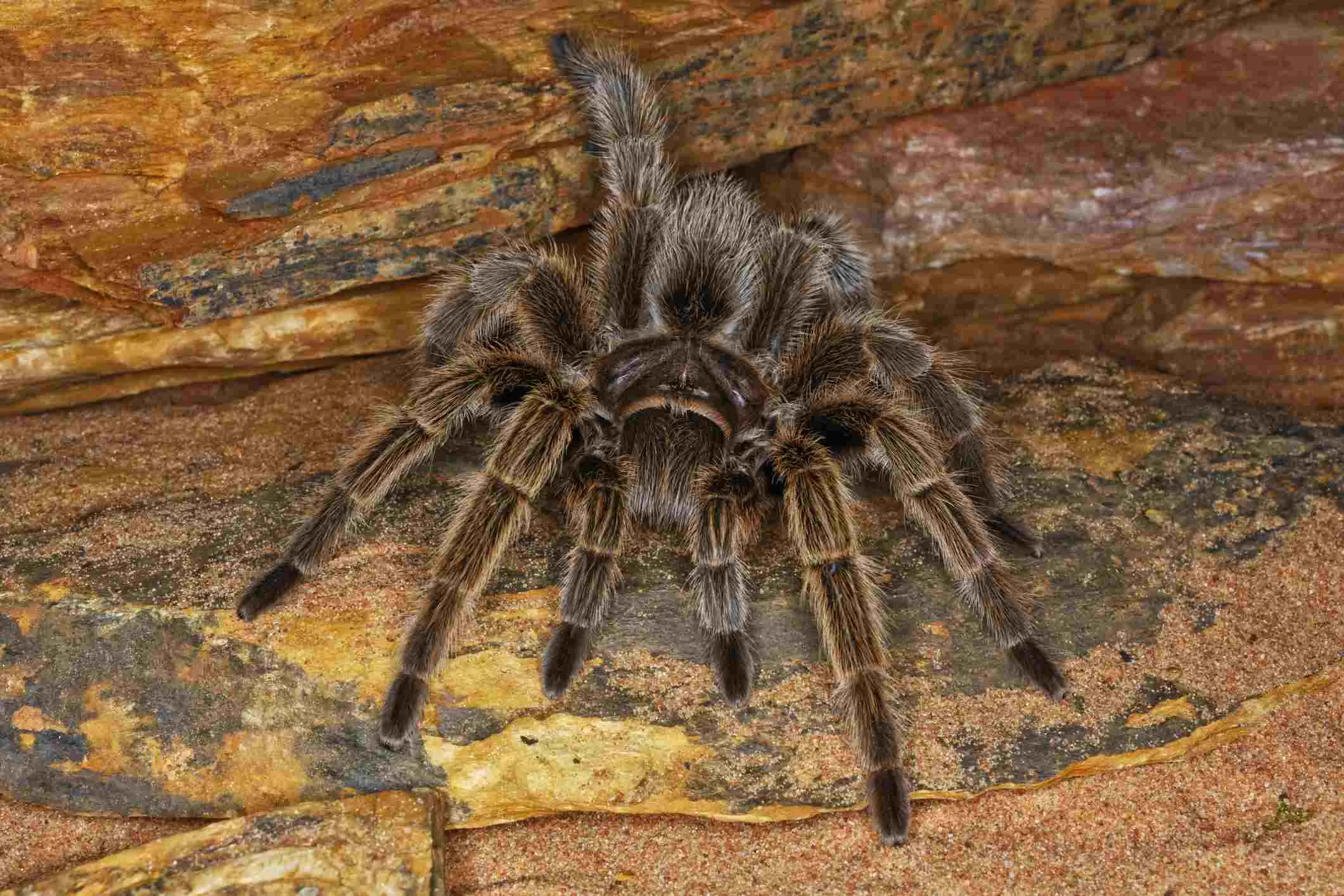
Several New World tarantula species are consistently popular choices for pet owners. These species are known for their manageable size, relatively mild venom, and stunning appearances. They are often more tolerant of handling and less prone to defensive behaviors compared to their Old World relatives. Their popularity stems from their ease of care and suitability for both beginners and experienced keepers. Among the most favored New World tarantulas are the Mexican Red Knee, Chilean Rose, and the Brazilian Black. Each species brings a unique set of characteristics, making them attractive choices for different reasons. Their longevity and fascinating behaviors also contribute to their appeal as pets.
Mexican Red Knee Tarantula
The Mexican Red Knee (Brachypelma hamorii), is one of the most iconic and well-loved tarantula species. Known for its striking coloration, featuring black and orange bands on its legs, this tarantula is a visual delight. They are generally docile and make excellent pets for beginners. Mexican Red Knees have a relatively calm demeanor and are less likely to bite unless provoked. They are also relatively slow-growing, allowing owners ample time to enjoy their pet’s development. Their adaptability to various environmental conditions and readily available care information further enhance their popularity.
Chilean Rose Tarantula
The Chilean Rose (Grammostola rosea), often considered a classic beginner tarantula, is prized for its hardiness and low maintenance requirements. These tarantulas are known for their gentle temperament and their tolerance of varied conditions. The Chilean Rose is typically a reddish-brown color, and they are relatively small, making them easy to house. Their generally calm nature and slow movement also make them easier to handle. These tarantulas are known to be long-lived, providing years of enjoyment for their owners. Chilean Roses are often more forgiving of mistakes, making them a good choice for new tarantula keepers.
Grammostola pulchra (Brazilian Black)
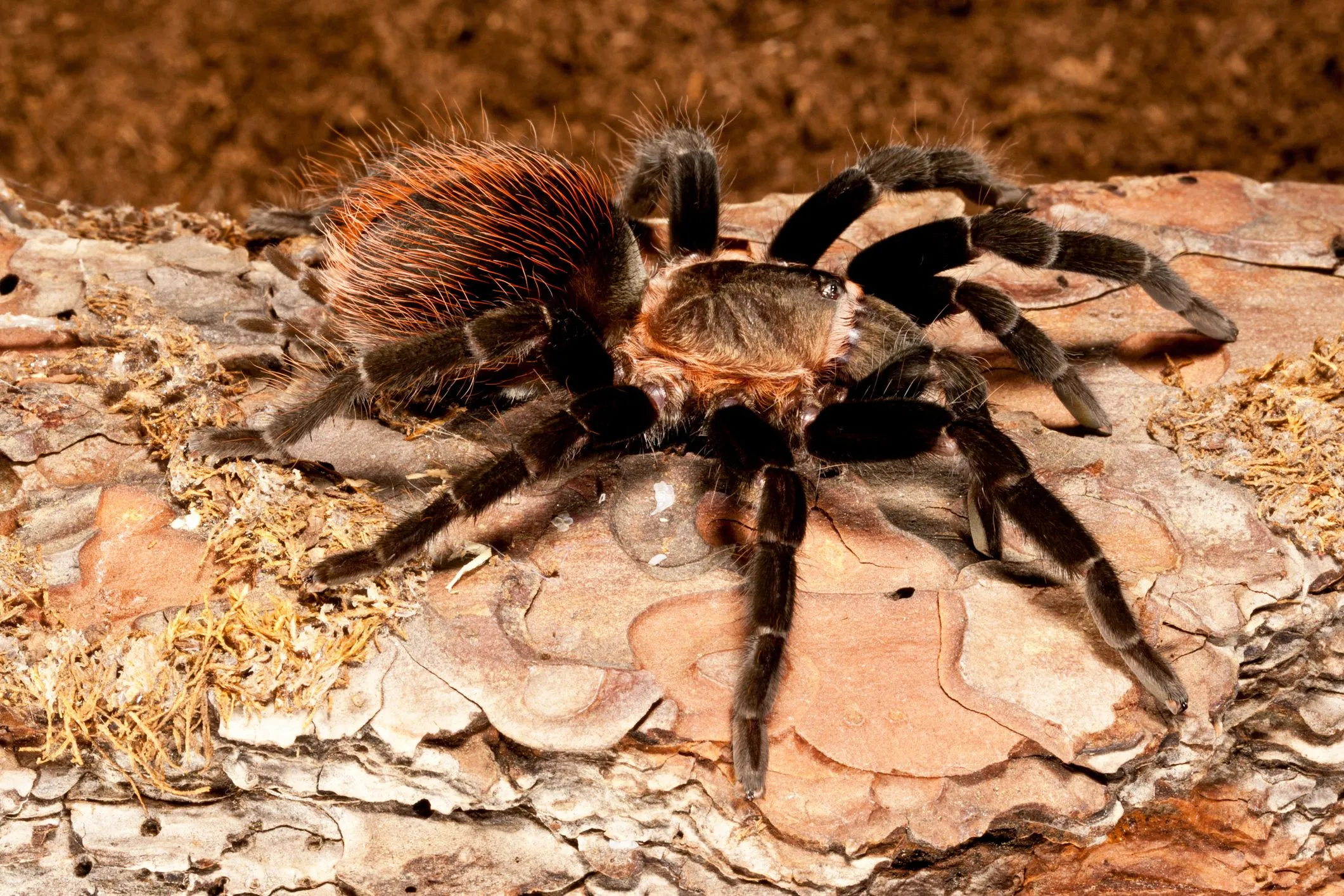
The Brazilian Black (Grammostola pulchra) is a striking, all-black tarantula known for its calm demeanor and striking appearance. They are a popular choice for those seeking a beautiful and easy-to-care-for pet. Their dark, velvety appearance is unique among tarantulas. Brazilian Blacks are known for their slow growth rate, which allows owners to appreciate their development over time. They are relatively docile and not prone to defensive behaviors, making them a good choice for beginner to intermediate keepers. Their overall low maintenance and captivating look make them a favorite among tarantula enthusiasts.
Old World Tarantula Types
Old World tarantulas originate from Asia, Africa, and Australia. These species are often more defensive and possess more potent venom than their New World counterparts. They generally lack urticating hairs and rely on their bite as their primary defense mechanism. While they can be more challenging to keep, Old World tarantulas offer a unique set of behaviors and appearances. Their striking colors and aggressive tendencies make them captivating to experienced keepers who appreciate the challenge. Keeping Old World tarantulas requires a higher level of experience and knowledge, with careful attention to safety and proper handling techniques to avoid bites.
Popular Old World Tarantulas
Several Old World tarantula species are popular among experienced keepers. These tarantulas are often admired for their vibrant colors, rapid growth, and unique behaviors. Their care requires a higher degree of caution due to their defensive nature and potent venom. These tarantulas are typically not recommended for beginners. Their appeal lies in their exotic appearances and the challenge they present to seasoned arachnid enthusiasts. These species offer a more rewarding experience for those with prior knowledge and an understanding of their specific needs. This section will feature some of the most recognized and sought-after Old World tarantulas, highlighting their distinct characteristics and the care they demand.
Indian Ornamental Tarantula
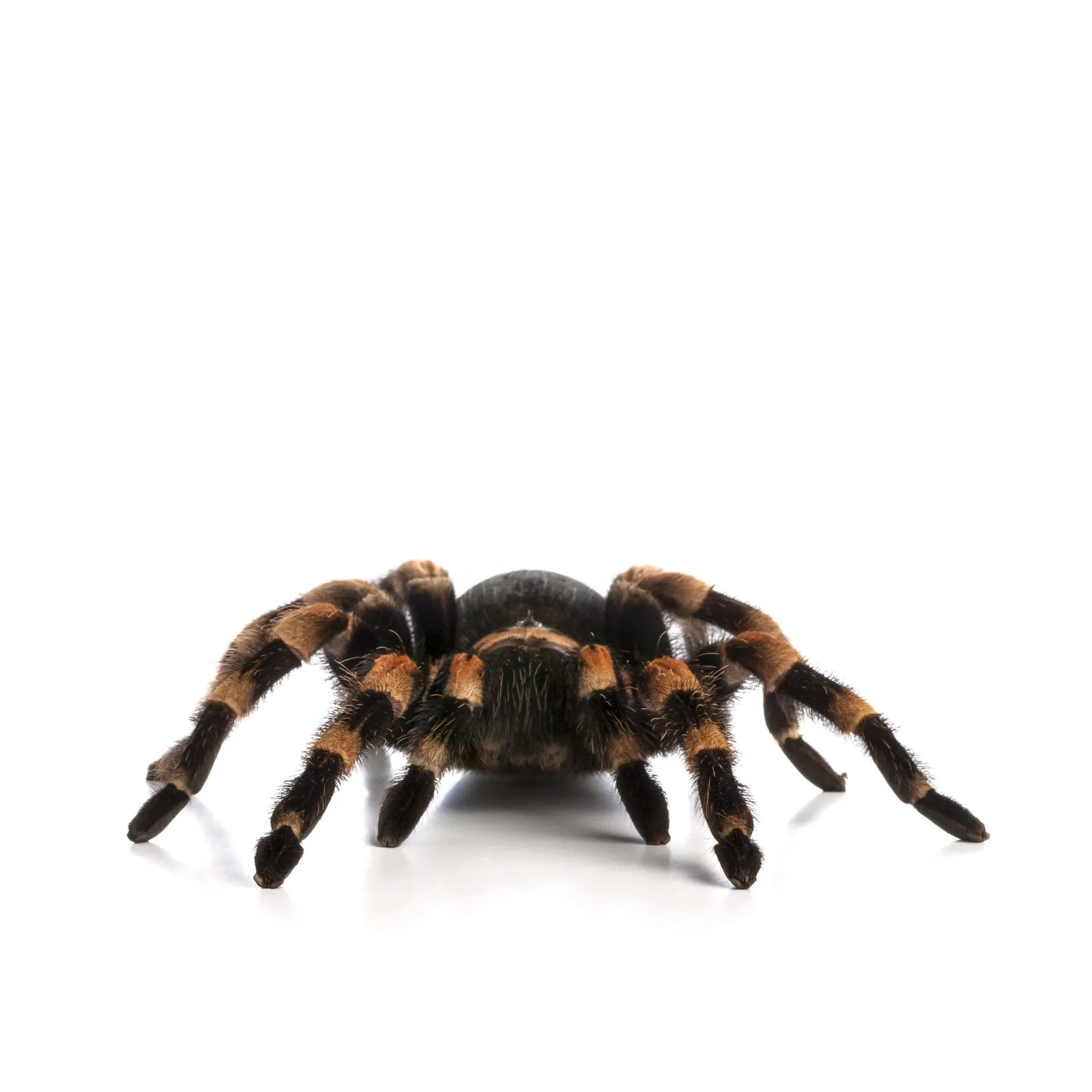
The Indian Ornamental (Poecilotheria regalis) is one of the most visually stunning tarantulas, with intricate patterns of black, white, and yellow. Known for its arboreal lifestyle, this species requires a tall enclosure with plenty of climbing opportunities. Indian Ornamentals are fast-growing and can reach a considerable size. They are highly defensive and should only be handled by experienced keepers. These tarantulas are best appreciated through observation, with the keeper prioritizing their safety and the tarantula’s well-being. Their dramatic appearance and challenging nature make them a prized possession for experienced hobbyists.
The Importance of Tarantula Pet Types Habitats
Creating a suitable habitat is crucial for the health and well-being of your tarantula. The enclosure should mimic the tarantula’s natural environment, providing the necessary conditions for survival and thriving. This includes the right size and type of enclosure, appropriate substrate, temperature, humidity, and hiding places. Proper habitat design ensures the tarantula feels safe and secure, reducing stress and promoting healthy behaviors. The enclosure should also facilitate easy access for feeding, watering, and cleaning. Setting up a well-designed habitat is the cornerstone of successful tarantula ownership, providing an environment where the tarantula can live comfortably and healthily.
Enclosure Essentials
Selecting the right enclosure is a critical aspect of tarantula care. The size should be appropriate for the species and size of the tarantula, providing adequate space for movement and growth. Ventilation is essential to prevent the buildup of mold and maintain air quality. Secure lids are a must to prevent escapes. Clear enclosures allow for easy observation of the tarantula’s activities. The enclosure should also provide climbing opportunities for arboreal species. Providing the right environment will make the tarantula more comfortable and less stressed.
Substrate Selection
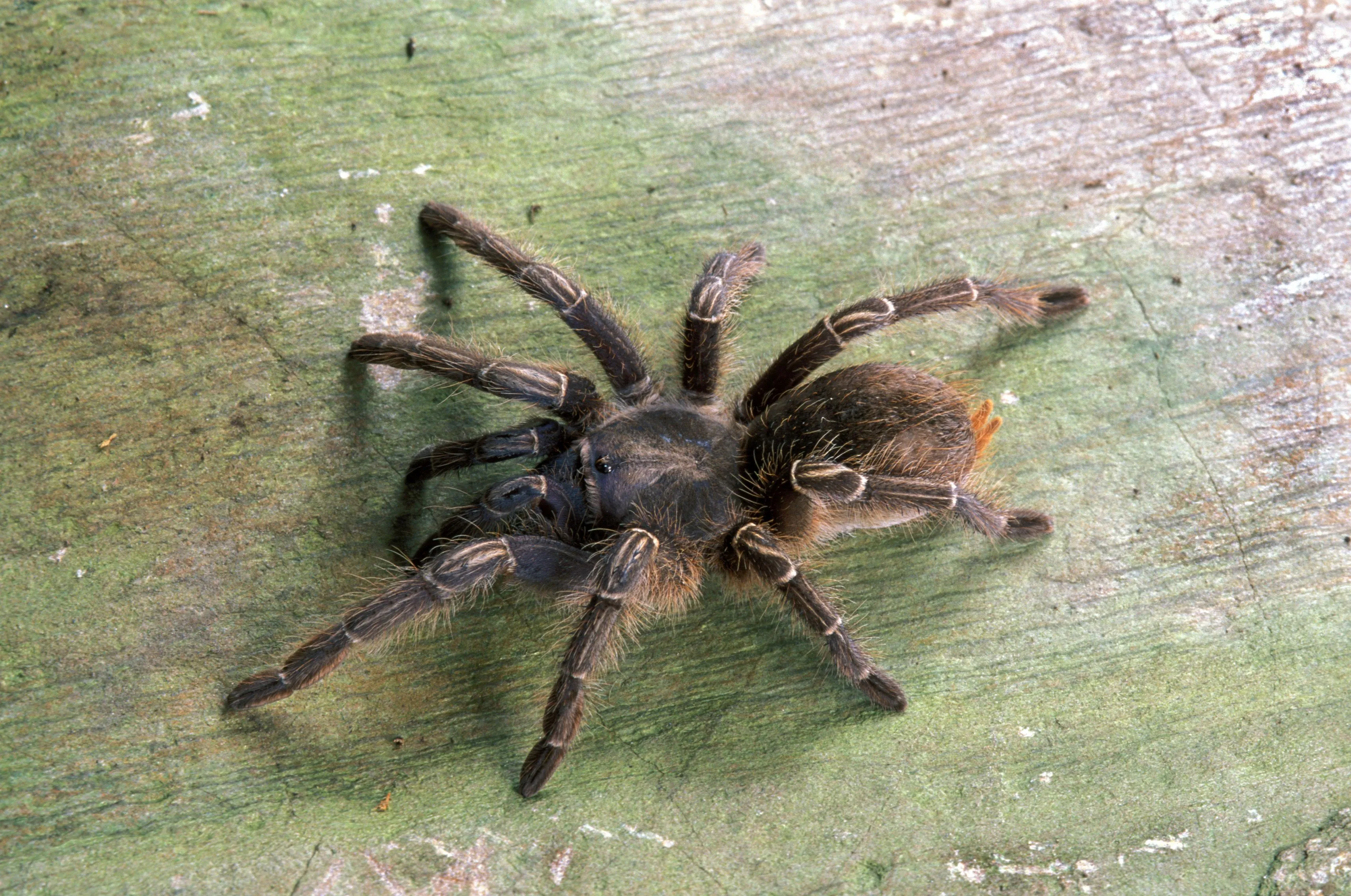
The substrate serves as the flooring for the tarantula’s enclosure, and it is essential for maintaining humidity, providing a place for the tarantula to burrow (if applicable), and creating a more natural environment. Popular choices include coco fiber, peat moss, and a mix of both. The substrate should be deep enough to allow for burrowing if the species burrows. The substrate should be replaced regularly to prevent the buildup of waste and mold. The correct substrate will help your tarantula thrive.
Temperature and Humidity
Maintaining the correct temperature and humidity levels is crucial for a tarantula’s health. Most species thrive in temperatures between 75-85°F (24-29°C), and humidity levels vary depending on the species. Use a thermometer and hygrometer to monitor conditions. The humidity can be maintained by misting the enclosure with water regularly or providing a water dish. Proper temperature and humidity are essential for molting, feeding, and general well-being. The perfect temperature and humidity will make your tarantula a happy one.
Feeding Your Tarantula
Proper feeding is essential for tarantula health. Tarantulas are carnivores, feeding primarily on insects. The diet should be varied and appropriate for the size and age of the tarantula. Feeding habits can vary greatly depending on the species and life stage of the tarantula. Knowing how to feed your tarantula properly helps the spider thrive.
Choosing the Right Food
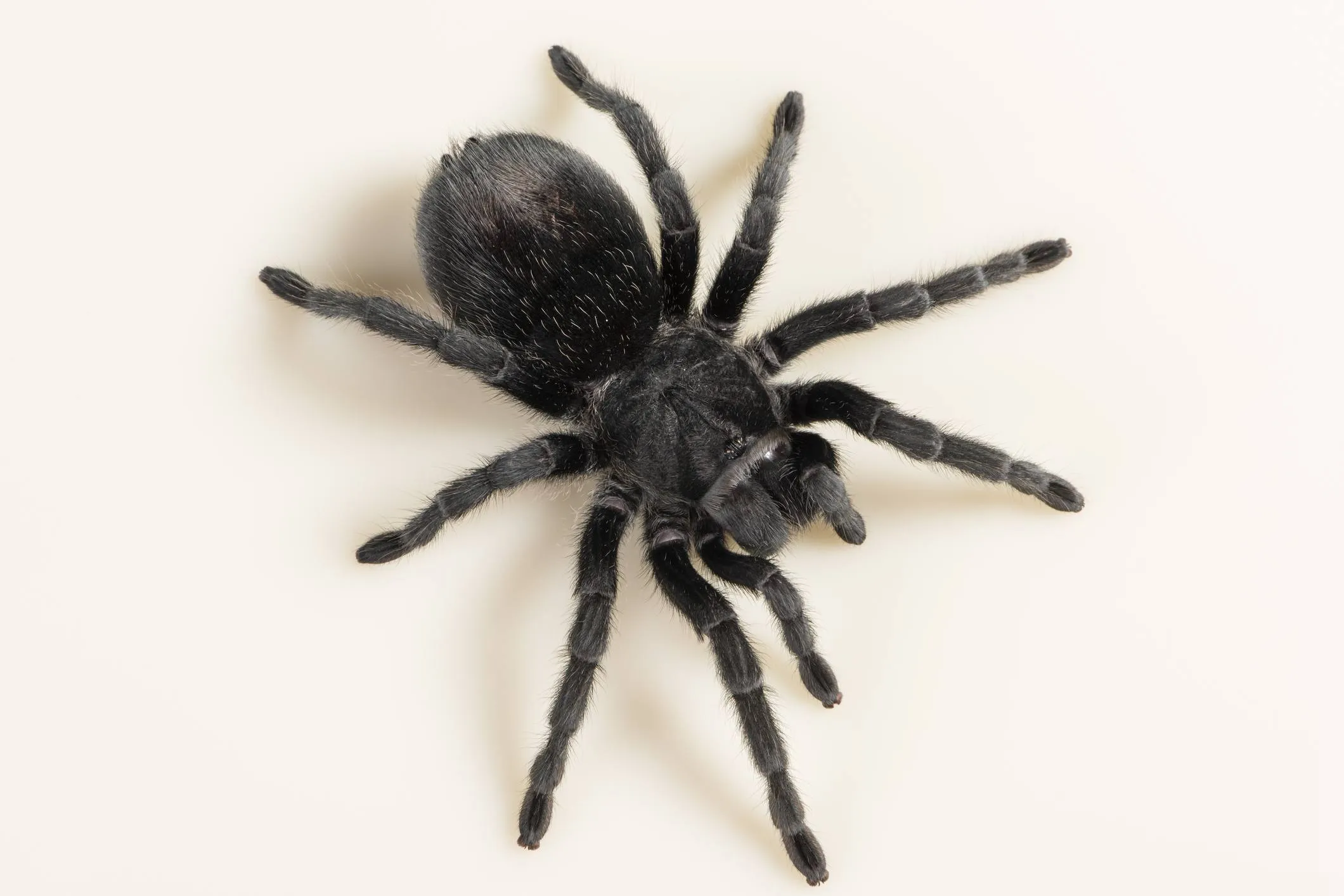
Crickets, mealworms, and roaches are common food choices for tarantulas. The size of the food should be appropriate for the size of the tarantula. It’s best to offer prey that is no larger than the tarantula’s abdomen. Ensure that the insects are gut-loaded before feeding to provide essential nutrients. Varying the diet ensures that your tarantula receives a balanced range of nutrients. Offer a selection of different insects to provide a varied diet.
Feeding Frequency and Amounts
Feeding frequency varies with the tarantula’s age and metabolism. Spiderlings should be fed more frequently than adults. Adults can be fed once or twice a week, while spiderlings may need food every other day. Remove any uneaten prey after 24 hours to prevent stress and potential harm to the tarantula. Adjust feeding frequency based on the tarantula’s condition and appetite. Monitoring the spider’s abdomen size is a good indicator of whether it is getting enough food.
Tarantula Pet Types Health and Care
Maintaining the health of your tarantula involves more than just feeding and providing a suitable habitat. Regular monitoring, recognizing signs of illness, and understanding the molting process are critical. Preventative measures, such as maintaining a clean enclosure and providing a balanced diet, can significantly contribute to a long and healthy life for your pet. The well-being of your tarantula is your responsibility as a pet owner.
Common Health Issues
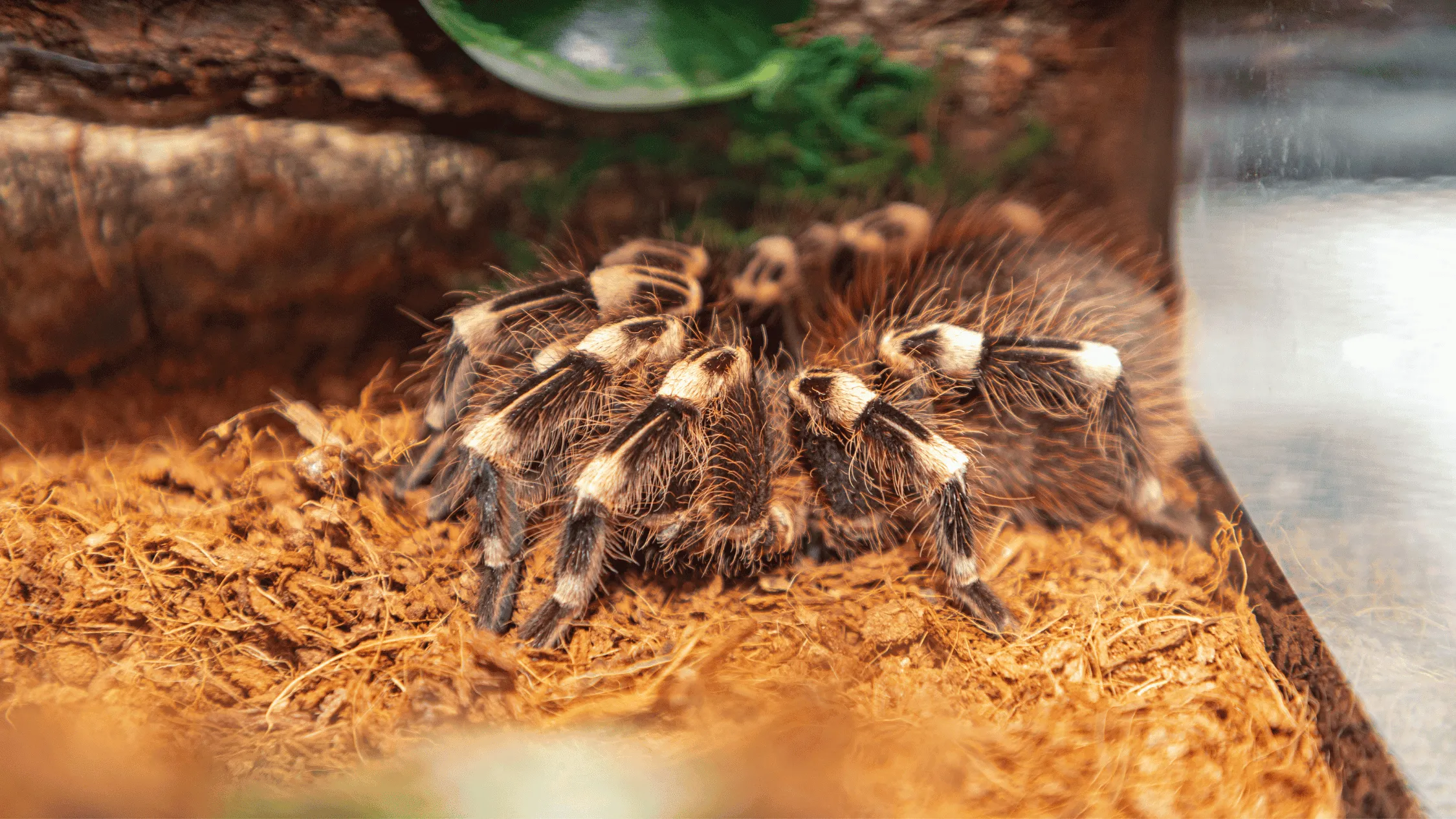
Tarantulas can suffer from various health issues, including mites, fungal infections, and parasites. Regular inspections can help identify any problems early. Symptoms can include lethargy, loss of appetite, and unusual behavior. Prompt veterinary care is essential for any signs of illness. The proper care will keep your tarantula healthy.
Molting Process
Molting is a natural process where tarantulas shed their exoskeleton to grow. During molting, the tarantula is vulnerable and should not be disturbed. Provide adequate humidity and avoid handling the tarantula. After molting, the new exoskeleton will be soft and needs time to harden. Provide a suitable environment to ensure a successful molt. Watch the process but don’t interfere. The process of molting is important for growth.
Handling and Safety
Handling should be kept to a minimum, as it can stress the tarantula. Some species are more docile than others. When handling, do so close to the ground to avoid injury if the tarantula falls. Wash your hands before and after handling to prevent the spread of diseases. Avoid handling if the tarantula appears stressed or defensive. Respect the tarantula’s space and behavior. If you have any concerns, it is best to consult an expert.
